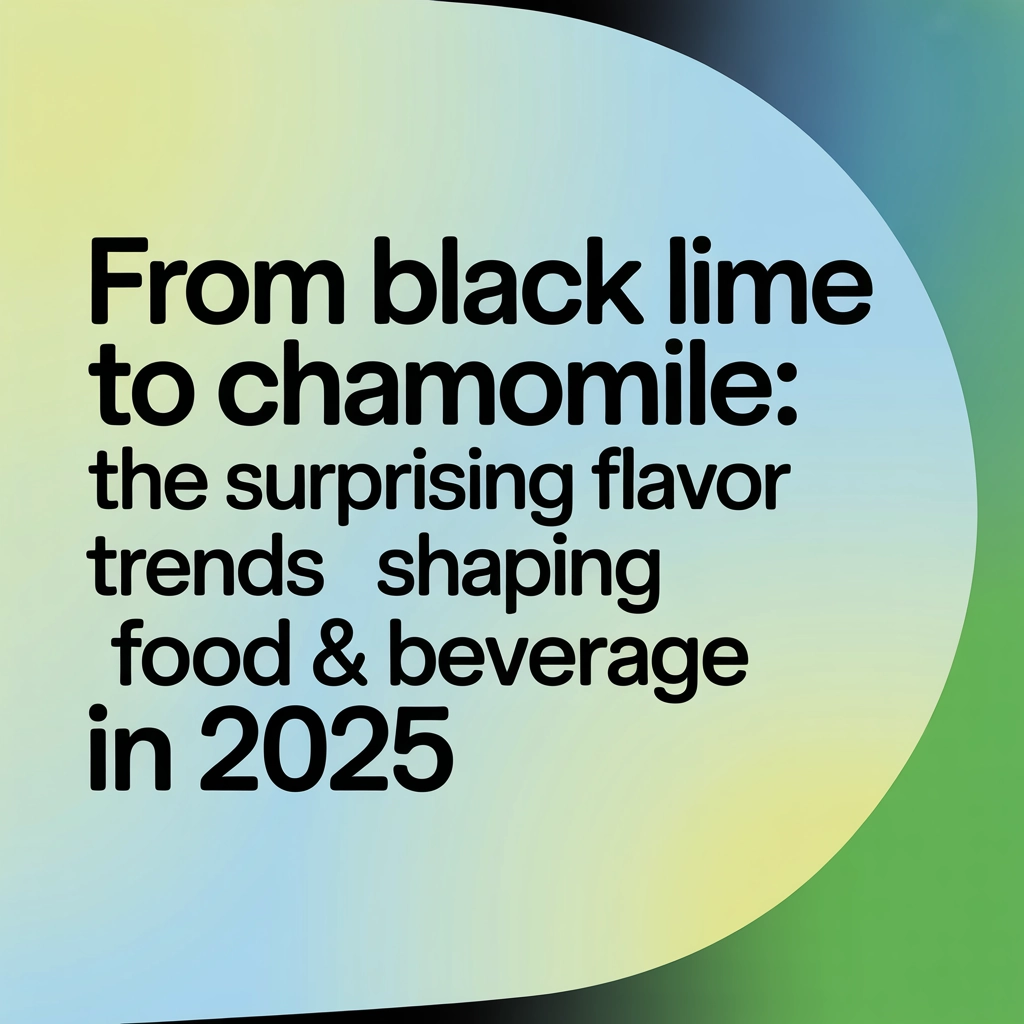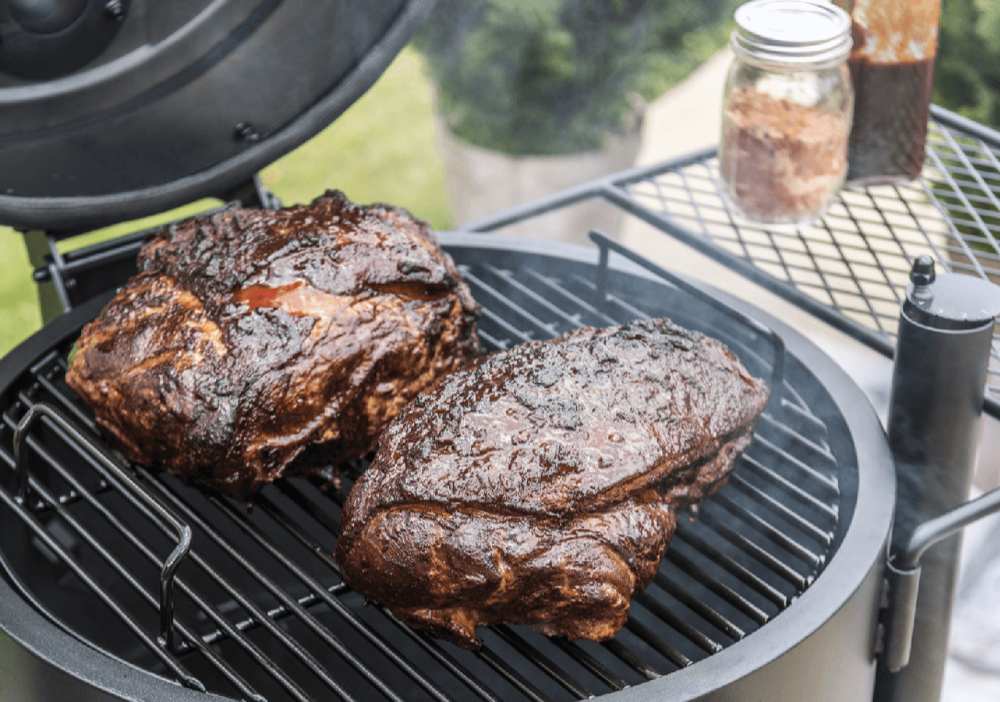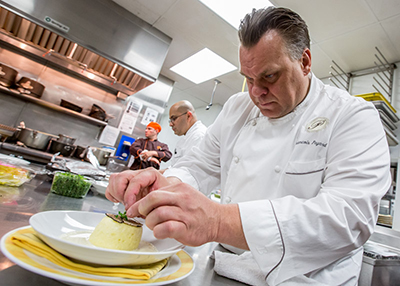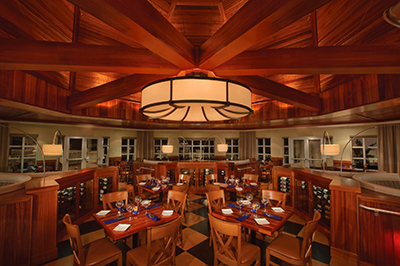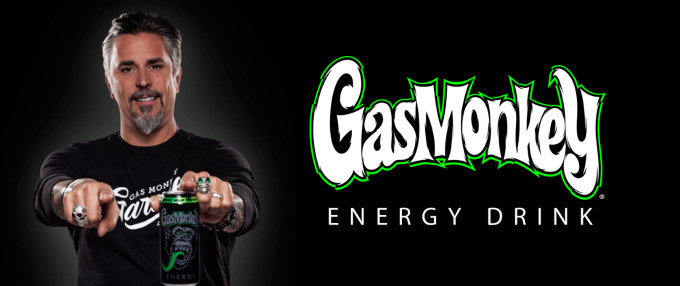In the ever-evolving world of culinary innovation, 2025 has introduced a fascinating array of flavor profiles that reflect our collective cultural consciousness. From the resurgence of forgotten ingredients to unexpected pairings driven by artificial intelligence, this year's flavor landscape tells a story about who we are and where we're heading. As restaurants, product developers, and beverage creators scramble to capitalize on these emerging trends, understanding what's driving consumer palates has never been more crucial.
The Return to Nostalgia: Finding Comfort in Familiar Flavors
In uncertain times, consumers gravitate toward the familiar, and 2025 has seen a significant resurgence in nostalgic flavors that evoke emotional connections to simpler days. White peach, chamomile, hibiscus, and vanilla are dominating menus across the country, offering diners a taste of the "good old days" with a modern twist.
"We're seeing chamomile move beyond the teacup into everything from ice creams to savory sauces," notes Chef Amelia Rodriguez of Octant Evora, whose chamomile-infused olive oil has become a signature offering at their Enoteca Wine Haven in Alentejo. "There's something deeply comforting about these floral notes that resonates with guests who are looking for both familiarity and sophistication."
This nostalgic trend extends to beverage menus as well, where lavender lemonades, hibiscus spritzes, and rose water cocktails are offering consumers the dual benefits of sensory pleasure and emotional connection. Even non-alcoholic offerings are embracing these flavors, with functional beverages incorporating these nostalgic botanicals for their perceived wellness benefits.
Comfort in Complexity: The Rise of Warm Brown Notes
As consumers seek both comfort and complexity, 2025 has seen a remarkable rise in what flavor chemists call "warm brown notes." These include molasses, chai, cacao, tahini, mushroom, hazelnut, and Tonka bean—ingredients that deliver depth, richness, and a sense of grounding.
"The magic of these warm brown flavors is that they're simultaneously familiar and exotic," explains Dr. Leila Hassan, Senior Flavor Scientist at Glanbia Nutritionals, which recently unveiled innovative ingredient solutions featuring these notes. "Tonka bean, with its vanilla-almond-cinnamon complexity, offers that perfect bridge between comfort and discovery that today's consumers crave."
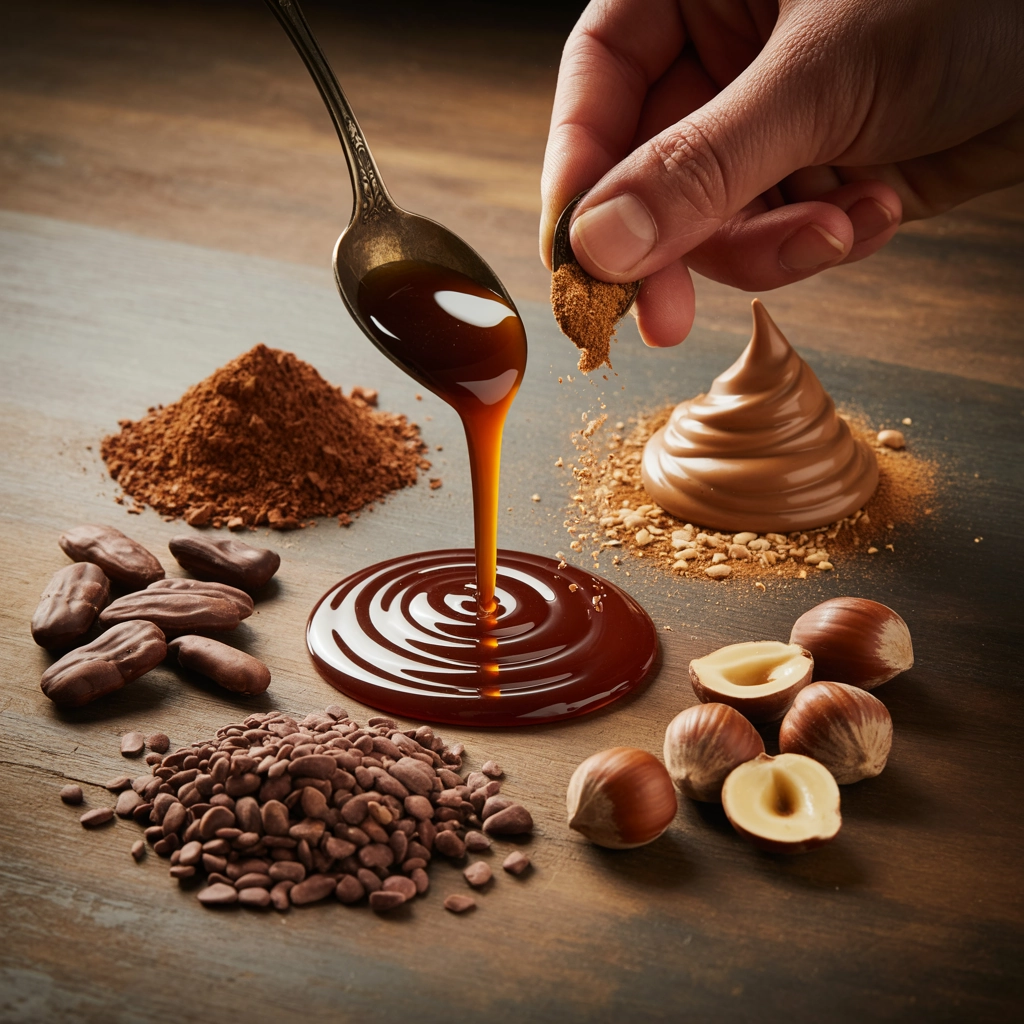
Restaurant menus are reflecting this trend with dishes like tahini chocolate mousse, mushroom-infused caramels, and hazelnut-crusted proteins appearing on menus at all price points. Meanwhile, beverage programs are incorporating these notes through chai-spiced cocktails, Tonka bean syrups, and cacao nib infusions that offer depth without overwhelming sweetness.
Global Tensions, Bitter Realities: The Black Lime Phenomenon
Perhaps most fascinating is how 2025's geopolitical climate has influenced flavor preferences. As global tensions rise, consumers are increasingly drawn to bitter, complex, and intensely flavored ingredients that mirror the complexity of our times. Black lime (dried lime) exemplifies this trend perfectly—offering intense acidity, fermented depth, and subtle bitterness that adds dimension to everything it touches.
"Black lime has become our secret weapon," shares Michael Freeman, recently appointed Culinary Director at Paso Robles. "We're grinding it into spice blends, infusing it into oils, and using it to finish dishes. It adds this incredible complexity that guests can't quite identify but find themselves craving."
Other bitter-forward ingredients gaining traction include bergamot, yuzu kosho, dandelion, and fernet. These are appearing across categories, from craft chocolate to ready-to-drink beverages. Even coffee programs are leaning into bitterness, with amaro-infused espresso drinks and cocktails that celebrate rather than mask these complex flavor profiles.
The Boozy Crossover: Cocktail-Inspired Everything
The lines between beverage and food continue to blur in 2025, with cocktail-inspired flavors migrating to unexpected categories. This trend reflects consumers' desire for sophisticated, adult flavor experiences across all eating occasions.
"We're seeing margarita icing on doughnuts, Irish cream in breakfast pastries, and peach bellini-flavored yogurts," observes Samantha Chen, Trend Forecaster at Land O'Lakes, which recently partnered with Anderson Partners for their B2B ingredient marketing. "It's about capturing the essence of these beloved cocktails and translating them into new formats that can be enjoyed anytime."
This trend extends beyond direct cocktail references to include spirits-adjacent flavors like botanical gin notes in sparkling waters, whiskey-barrel-aged chocolate, and amaro-inspired soda syrups. For operators looking to capitalize on this trend without serving alcohol, these flavor profiles offer a perfect compromise.
Fire and Smoke: Charred Flavors Reach New Heights
Perhaps counterintuitively in our increasingly digital world, consumers are showing unprecedented interest in elemental cooking methods and the distinctive flavors they impart. Charred, smoked, and fire-roasted notes are appearing across categories, from traditional applications to surprising new contexts.
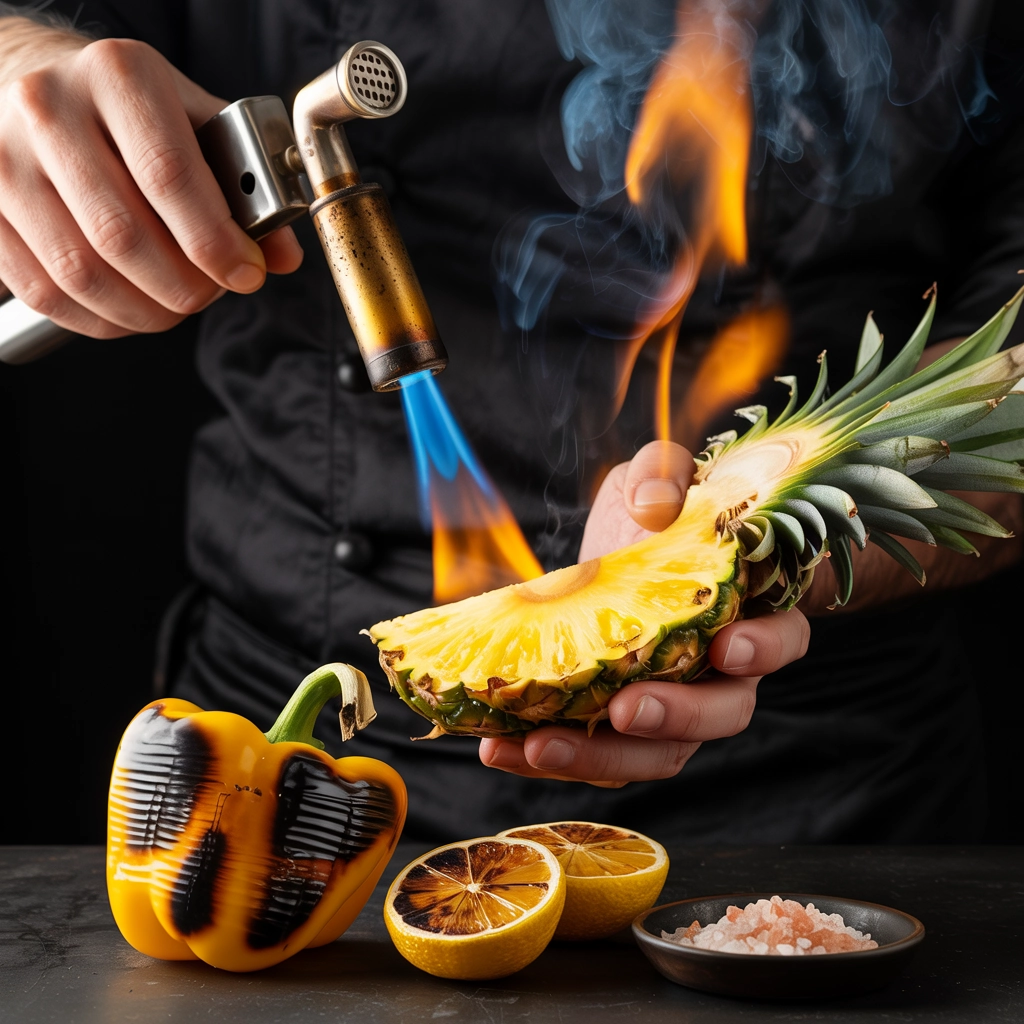
"We're seeing dessert menus feature smoked vanilla ice cream, cocktail programs incorporating charred fruit syrups, and even breakfast items getting the fire treatment," notes Executive Chef James Woodson of Delta Hotels Virginia Beach Bayfront Suites. "There's something primal about these flavors that resonates with guests seeking authenticity and connection."
Product developers are also capitalizing on this trend, with smoked sea salts, fire-roasted tomato products, and charred vegetable ingredients appearing in everything from snack foods to ready meals. The Taylor Farms new corporate headquarters features an innovation kitchen specifically designed to explore these cooking methods and their application to fresh produce.
AI-Driven Flavor Innovation: The New Frontier
Perhaps most exciting is how artificial intelligence is transforming flavor development in 2025. Advanced algorithms are analyzing flavor compounds, consumer preferences, and cultural trends to suggest unexpected pairings that human developers might never have considered.
"AI isn't replacing human creativity—it's enhancing it," explains Dr. Ramon Vega, Head of Digital Innovation at Sazerac Company, which recently introduced Hawks Rock Distillery. "When our system suggested combining chocolate, cayenne, and fermented plum, we were skeptical. But the resulting whiskey expression has become one of our most successful limited releases."
This AI-driven approach is revolutionizing demand forecasting and product development across the industry. Restaurant groups are using similar technologies to analyze menu performance and suggest new flavor combinations that balance novelty with approachability. Even beverage programs are leveraging these tools to create signature cocktails that push boundaries while remaining marketable.
Fresh Meets Familiar: The Botanical-Fruit Revolution
Finally, 2025 has seen the continued evolution of botanical-fruit pairings that offer consumers both familiarity and discovery. Combinations like watermelon-chili, blueberry-basil, and strawberry-rosemary deliver complex sensory experiences that feel simultaneously innovative and accessible.
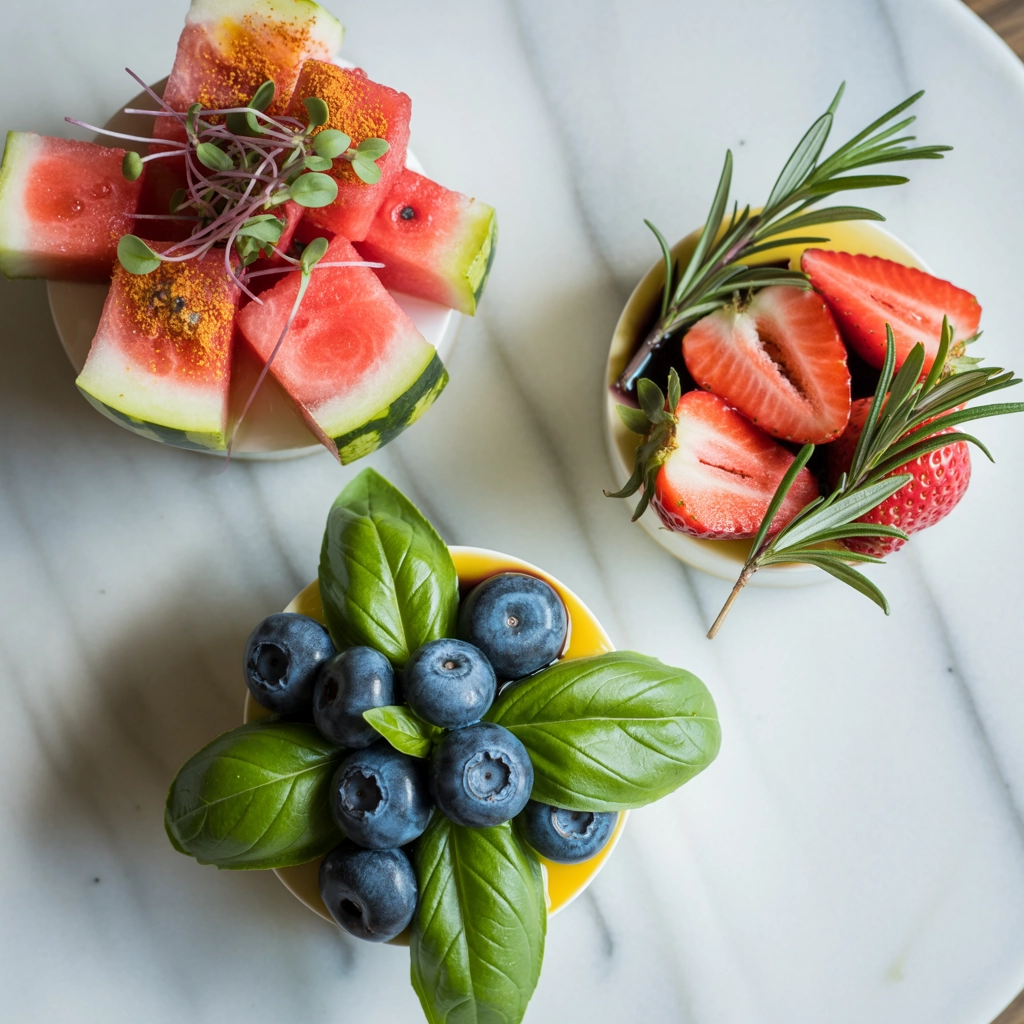
"These pairings work because they balance the familiar sweetness of fruits with the unexpected complexity of herbs and spices," explains nutritionist Dr. Priya Sharma, who specializes in functional sweets and desserts. "It's a gateway to more adventurous eating without overwhelming consumers."
Six Senses Hotels, which has been expanding its portfolio, has embraced this trend with signature welcome beverages featuring these botanical-fruit combinations, often paired with adaptogens or functional ingredients that align with their wellness-focused brand positioning.
Practical Applications for Industry Professionals
For food and beverage professionals looking to capitalize on these trends, the key is thoughtful implementation rather than wholesale adoption. Consider these strategies:
-
Start with subtle incorporation: Introduce trending flavors as accompaniments or finishing elements before making them the star of the show.
-
Create signature blends: Develop proprietary spice blends or flavor combinations that incorporate trending elements while maintaining your brand identity.
-
Consider format innovations: Sometimes it's not the flavor itself but how it's delivered that creates excitement. Experiment with new formats like dusts, foams, or crystals.
-
Tell the story: Many of these trending ingredients have rich cultural histories. Educating consumers about black lime's Middle Eastern origins or chamomile's historical uses can enhance perception and acceptance.
-
Balance innovation with familiarity: Pair trending flavors with familiar bases to create bridges for consumers. A black lime vinaigrette on a familiar salad or chamomile-infused cream with a classic chocolate dessert can introduce these flavors without alienating guests.
"The most successful operators aren't chasing every trend—they're thoughtfully incorporating elements that align with their brand and their customers' expectations," advises Michael Politz, Founder of Food & Beverage Magazine. "It's about evolution, not revolution."
Looking Ahead: What These Trends Tell Us About Tomorrow
As we look toward the latter half of 2025 and beyond, these flavor trends suggest a consumer base seeking both comfort and adventure, authenticity and innovation. The continued interest in global flavors points to an increasingly connected culinary world, while the embrace of bitter and complex profiles suggests a maturing American palate.
For industry professionals, the message is clear: today's consumers are more sophisticated, more curious, and more demanding than ever before. Meeting their expectations requires not just awareness of trends but understanding the cultural, emotional, and sensory drivers behind them.
Whether you're incorporating black lime into your next spice blend or exploring chamomile beyond the teacup, these trending flavors offer opportunities to connect with consumers in meaningful ways that transcend mere novelty. In a world of constant change, flavor remains one of our most powerful tools for creating memorable, meaningful experiences.
For more insights on the wild new tastes shaping 2025's food & beverage scene, subscribe to our newsletter or contact our trend forecasting team for customized analysis.
Written by Michael Politz, Author of Guide to Restaurant Success: The Proven Process for Starting Any Restaurant Business From Scratch to Success (ISBN: 978-1-119-66896-1), Founder of Food & Beverage Magazine, the leading online magazine and resource in the industry. Designer of the Bluetooth logo and recognized in Entrepreneur Magazine's "Top 40 Under 40" for founding American Wholesale Floral. Politz is also the founder of the Proof Awards and the CPG Awards and a partner in numerous consumer brands across the food and beverage sector.



